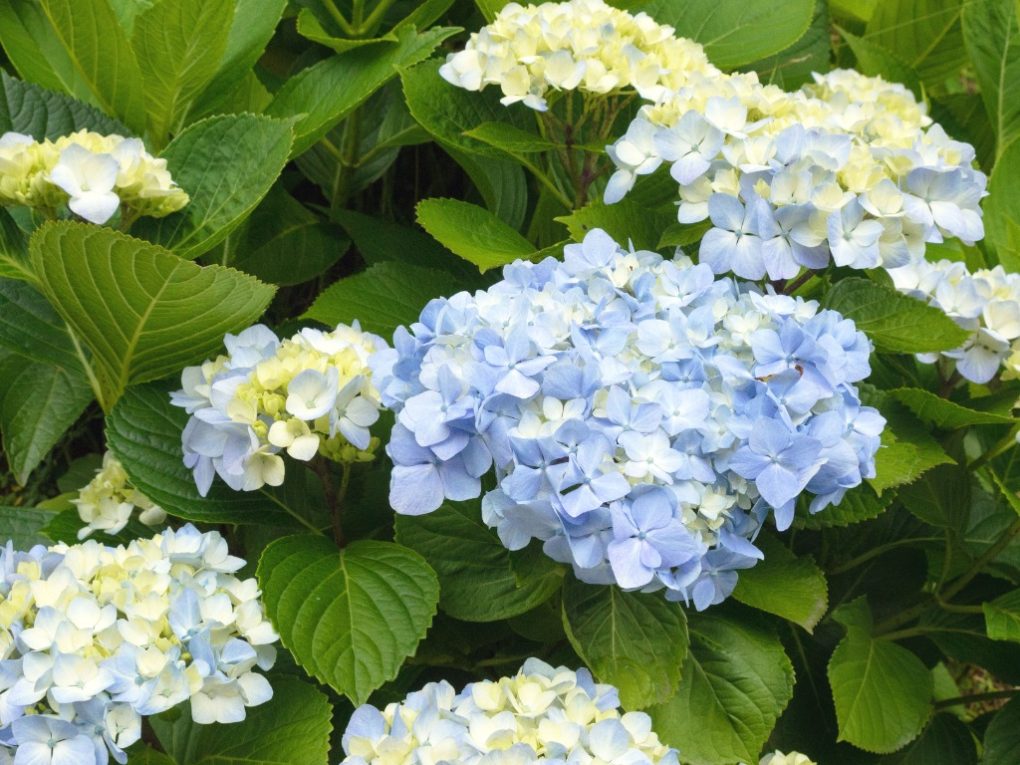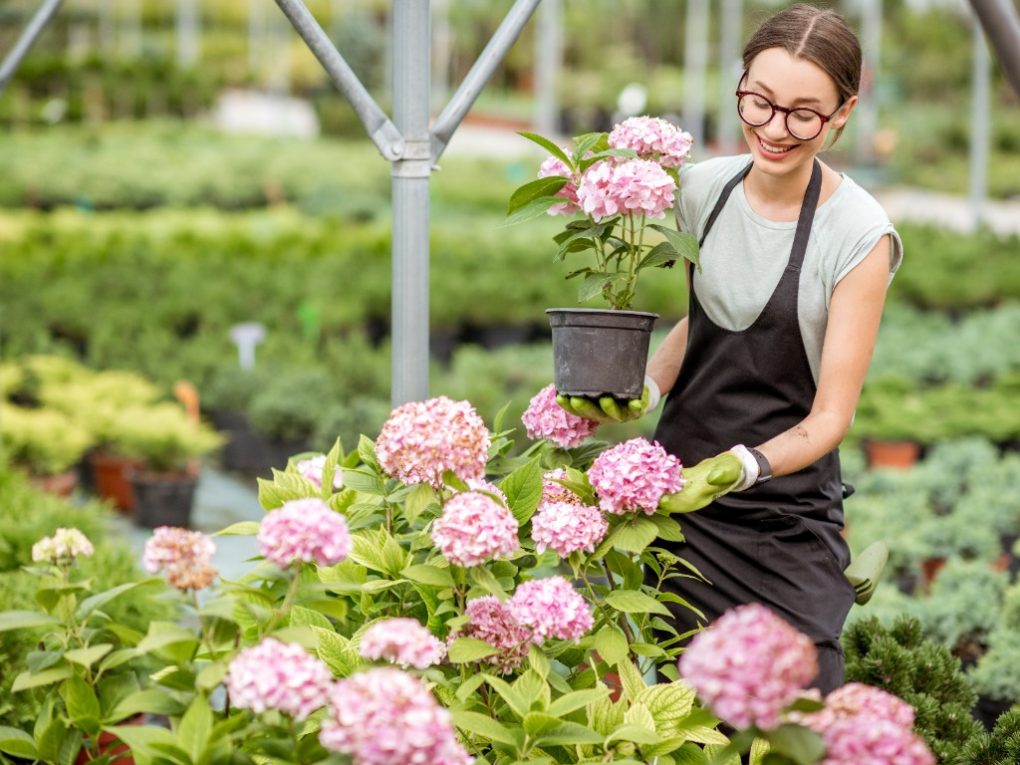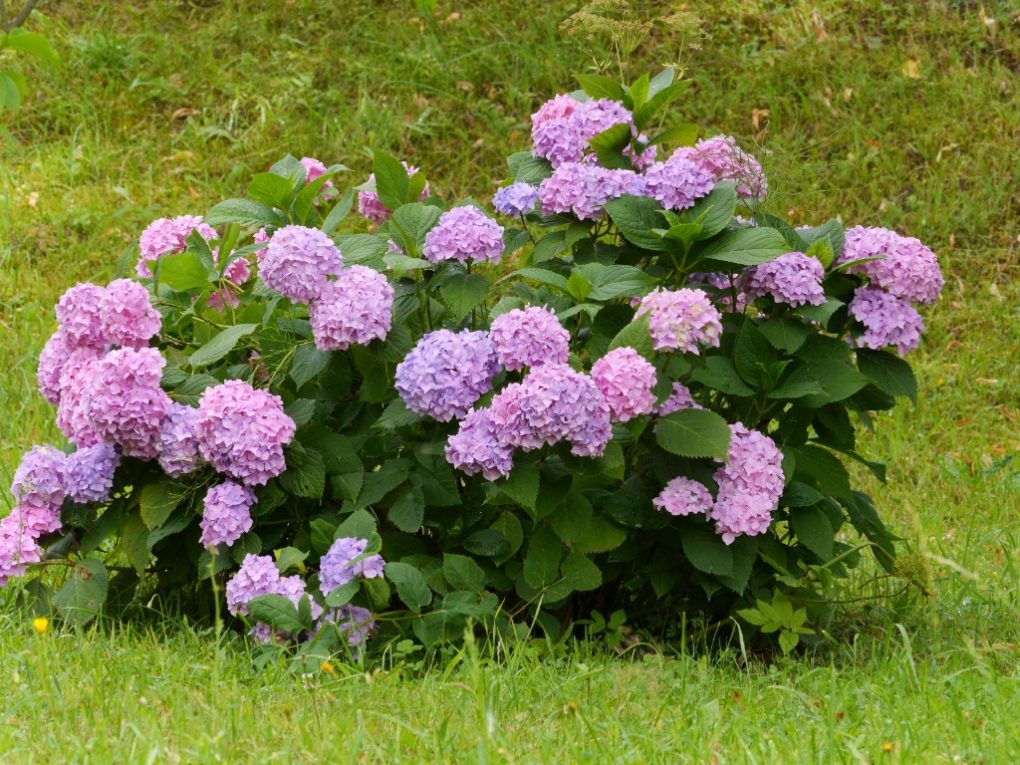Is A Hydrangea A Shrub Or Perennial?
Hydrangea is a deciduous shrub, meaning it sheds and regrows its leaves annually. It is not a perennial, which refers to herbaceous plants that live for more than two years, but die back to the ground level in winter and re-emerge during the growing season.

Although both plants can live for several years, the distinction lies in their growth habit and structure. For example, hydrangeas have woody stems, characteristic of shrubs, while perennials are herbaceous and generally lack woody stems.
Table of Contents
How Long Do Hydrangea Shrubs Last?
Hydrangea shrubs, beloved for their vibrant blooms and stunning foliage, are popular among gardeners. If you consider adding these beautiful plants to your garden, you may wonder about their lifespan. In this article, we’ll explore the factors that influence the longevity of hydrangea shrubs and provide insights into how long they typically last.
Factors Affecting Hydrangea Shrub Lifespan
Several factors contribute to the lifespan of hydrangea shrubs. First, by understanding these elements, you can optimize the conditions for your plants and promote their longevity.
1. Hydrangea Variety
Different hydrangea varieties have varying lifespans. Some species are short-lived, while others can thrive for decades. So it’s important to research and selects a variety that suits your preferences and fits well within your gardening goals.
2. Proper Care and Maintenance
Providing adequate care and maintenance is crucial for the health and longevity of hydrangea shrubs. Here are some key aspects to consider:
● Watering: Hydrangeas require regular watering, especially during dry spells. Ensuring they receive sufficient moisture helps prevent stress and promotes their overall well-being.
● Fertilization: Proper fertilization supports healthy growth and can extend the lifespan of hydrangea shrubs. Use a balanced, slow-release fertilizer formulated for hydrangeas, following the manufacturer’s instructions.
● Pruning: Pruning hydrangeas at the right time and in the correct manner helps maintain their shape and encourages new growth. It’s essential to learn about the specific pruning requirements of your hydrangea variety to avoid any detrimental effects.
● Protection from Extreme Conditions: Hydrangeas can be sensitive to extreme temperatures, frost, and excessive sunlight. Providing protection, such as mulching to insulate the soil and shading during intense heat, can help safeguard the plants from adverse conditions.

3. Environmental Factors
The environment in which hydrangeas grow significantly impacts their lifespan. Consider the following environmental factors:
● Climate: Different hydrangea varieties have varying climate preferences. Some thrive in colder regions, while others prefer warmer climates. Ensure you choose a variety suitable for your local climate to enhance their chances of long-term survival.
● Sunlight: Hydrangeas generally prefer partial shade or dappled sunlight. Exposure to excessive direct sunlight can lead to wilting and reduced lifespan. Find a suitable location in your garden that provides the right balance of light.
● Soil Quality: Hydrangeas thrive in well-draining soil rich in organic matter. Conduct a soil test to determine the pH levels and make any necessary amendments to optimize the soil conditions for your shrubs.
Typical Lifespan of Hydrangea Shrubs
Hydrangea shrubs can live for several decades with proper care and suitable growing conditions. While the exact lifespan varies depending on the abovementioned factors, most hydrangea varieties can live between 20 to 30 years or even longer.

It’s worth noting that some hydrangea species tend to have shorter lifespans, typically around 10 to 15 years. However, these plants often compensate for their shorter lives with stunning blooms and vigorous growth during their prime years.
By understanding the factors that influence hydrangea shrub longevity and implementing appropriate care practices, you can ensure your plants thrive and grace your garden for many years.
